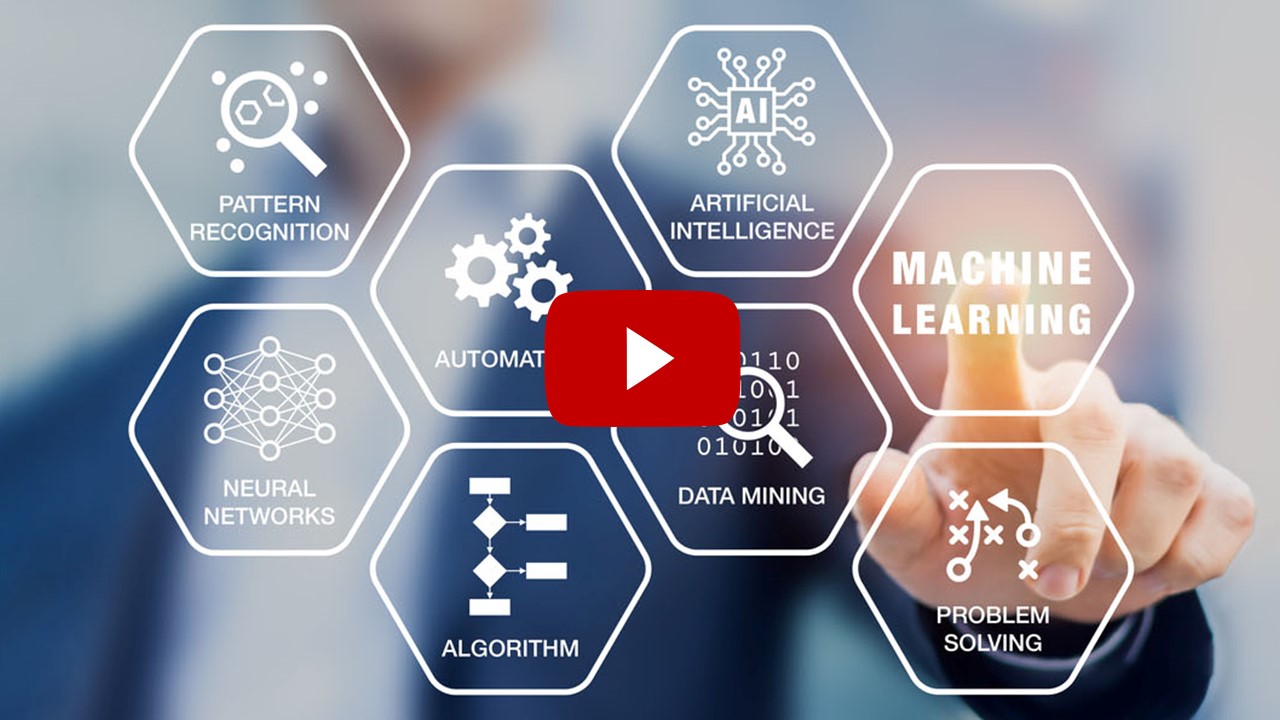History and Key Terms for Artificial Intelligence

The genesis of Artificial Intelligence (AI) began in 1944, when two University of Chicago researchers proposed the concept of a neural network (NN) as a computer system modeled on the human brain and nervous system. These originating neural networks laid the foundation for more sophisticated artificial neural networks (ANN), machine learning, and deep learning models.
Today’s nomenclature surrounding AI includes several important terms:
- Neural Network: A computer system modeled on the human brain and nervous system.
- AI: Systems able to perform tasks that normally require human intelligence, such as visual perception, speech recognition, decision-making, and translation between languages.
- Self Learning: Ability to recognize patterns, learn from data, and become more intelligent over time (can be AI or programmatically based).
- Model: Mathematical algorithms that are “trained” using data and human expert input to replicate a decision an expert would make when provided that same information.
- Supervised Training: Training where both input and desired output data are provided.
- Unsupervised Training: Training of an AI model using information that is neither classified nor labeled, allowing the system to act on this information without guidance.
- ANN: Computational model based on the structure and functions of biological neural networks. Information that flows through the network affects the structure of the ANN because a neural network changes - or learns, in a sense - based on that input and output.
- Machine Learning: AI systems with ability to automatically learn and improve from experience without being explicitly programmed via training.
- CNN: Class of deep, feed-forward artificial neural networks, most commonly applied to analyzing visual imagery. This class uses a variation of multi-layer perceptrons designed to minimize pre-processing of image data.
- RNN: Type of neural network commonly used in speech recognition and natural language processing (NLP).
- Robotic Process Automation (RPA): Automated handling of high-volume, repeatable tasks that typically required humans to complete.
- Deep Learning: A more sophisticated method of machine learning based on Deep Neural Networks (DNNs) with a greater number of internal layers. Each successive layer uses the output from the previous layer as input.
- Explainable AI(XAI) is artificial intelligence (AI) in which the results of the solution can be understood by humans. It contrasts with the concept of the "black box" in machine learning where even its designers cannot explain why an AI arrived at a specific decision. (Wikipedia)
- XGBoost: XGBoost stands for “Extreme Gradient Boosting”. The framework uses machine learning algorithms to improve the scoring of classifiers generated from various data sets, AI and machine learning models; essentially making the scoring more uniform, controllable and more reliable.



